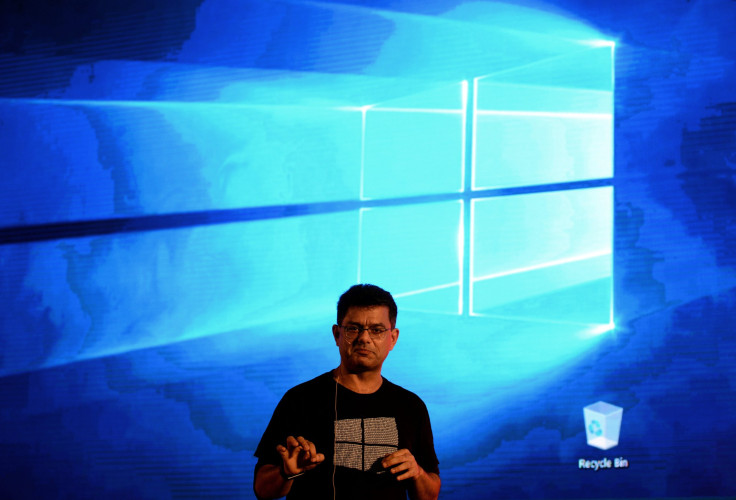What Comes After Windows 10? Future Updates, New Features, And Windows 'Redstone'

After what seems like months of hype, Windows 10 has been released to the world. The operating system will act more like a service from now on, regularly updating, adding new features, and optimizing itself. But what does that mean? What's Microsoft planning, now that its "service" is out in the wild?
Updates will be downloaded and installed automatically through Windows Update. The Verge has reported that the first update, set to arrive in early August, will be Service Release 1 (SR1). This will be a collection of bug fixes, which will hopefully address the criticisms of reviewers like Walt Mossberg who said that the operating system may not be quite ready yet.
Following SR1, an update planned for October will bring the Skype-integrated Messaging app. The Skype team announced recently that the touch-based Windows 8 app would be no longer be supported, so users looking to get the full universal app experience will need this update to get back touch support. The update should also include extensions support for Microsoft Edge, a feature missing at launch. Reviewers have described Edge as a good start, but The Guardian noted that without extension support, the browser is unfinished.
After that, the next major Windows project for Microsoft is, according to Neowin, codenamed "Redstone." The name comes from an item in Minecraft, a game developed by a company that Microsoft acquired back in November. This is something of a theme for Microsoft: the initial Windows 10 release was codenamed "Threshold," a planet from the Halo video game series, another Microsoft property.
Assuming Microsoft doesn't change course between now and Redstone's release in 2016, the update will be free to all Windows 10 users. Currently, Redstone is planned as two updates: one in the summer, and one in the fall.
Insider Preview customers will receive beta versions of these upcoming updates as they become available. These users will not be asked whether they want to opt out of receiving beta versions of Windows. To do that, they will need to install a retail copy of Windows 10 with a valid product key.
© Copyright IBTimes 2024. All rights reserved.






















